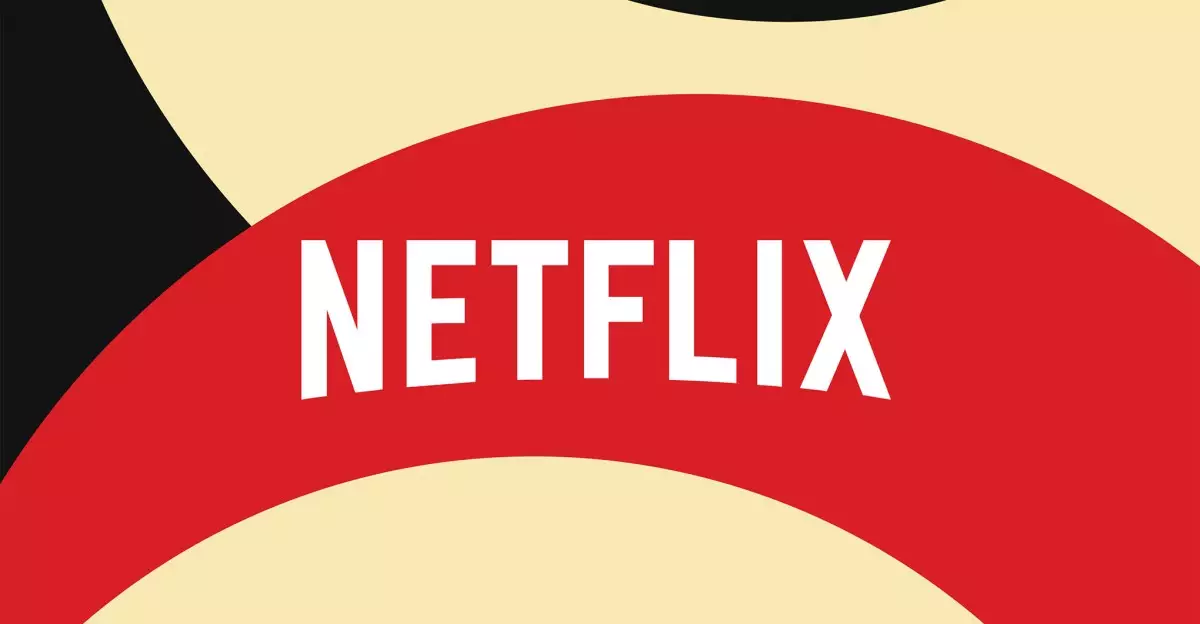In an exciting advancement for streaming enthusiasts, Netflix has officially integrated HDR10 Plus into its platform, prominently catering to Samsung TV users. This shift represents not only an enhancement in the viewing experience but also a strategic maneuver in the ongoing battle for supremacy in the streaming world. By supporting HDR10 Plus, Netflix is acknowledging the preferences of Samsung, the world’s leading TV manufacturer, while also addressing the limitations that come with traditional HDR streaming options.
Samsung’s HDR10 Plus, introduced in 2017, offers a compelling alternative to Dolby Vision. While both formats aim to improve image quality with dynamic adjustments, HDR10 Plus stands out by allowing scene-by-scene adjustments without the costly licensing fees associated with Dolby Vision. This absence of royalties means that manufacturers can provide superior technology without passing costs onto consumers, making HDR10 Plus not just a practical choice, but a financially savvy one as well.
The Implications for Samsung TV Owners
Prior to this development, owners of Samsung TVs encountered a significant disadvantage when streaming content on Netflix, having to rely on HDR10—a format that employs static metadata, leading to a less dynamic viewing experience. Unlike HDR10, which applies a uniform tone mapping across an entire film or series, HDR10 Plus and Dolby Vision optimize the experience by adapting to the nuances of each scene, significantly improving visual accuracy, especially in scenes with extreme lighting.
For Samsung TV users, the introduction of HDR10 Plus on Netflix represents a newly unlocked potential for enhanced picture quality. As Samsung maintains a remarkable 30% market share globally, the implications of this support are profound, solidifying HDR10 Plus as a formidable player in the HDR landscape. This move not only reinforces Samsung’s market position but also enhances user satisfaction, ultimately enriching the consumer’s viewing experience.
A Broader Streaming Perspective
While HDR10 Plus may lack the ubiquity of Dolby Vision, its adoption by Netflix is a sign of shifting tides within the streaming industry. Initially, platforms like Amazon Prime Video were pioneers in adopting the format. However, as the landscape rapidly evolves, even other heavyweight competitors such as Disney Plus and Apple TV Plus have jumped on board, validating the effectiveness of HDR10 Plus as a worthy alternative.
Netflix’s decision to enable HDR10 Plus using the AV1 video codec is also noteworthy. The AV1 codec is designed to provide better compression without compromising quality, making it an ideal partner for HDR content. This advancement ensures that viewers with newer TVs—many of which have embraced the AV1 standard—can fully enjoy the high dynamic range experience. Moreover, Netflix’s commitment to expanding its HDR10 Plus library to include all of its HDR titles by the end of 2025 promises a future rich with vibrant, visually stunning content.
As streaming services continue to innovate, the integration of HDR10 Plus symbolizes a significant shift towards meeting consumer demands for quality viewing experiences. The battle for HDR supremacy may still be ongoing, but with Netflix’s bold move, the future looks brighter for fans of high-quality streaming.


Leave a Reply